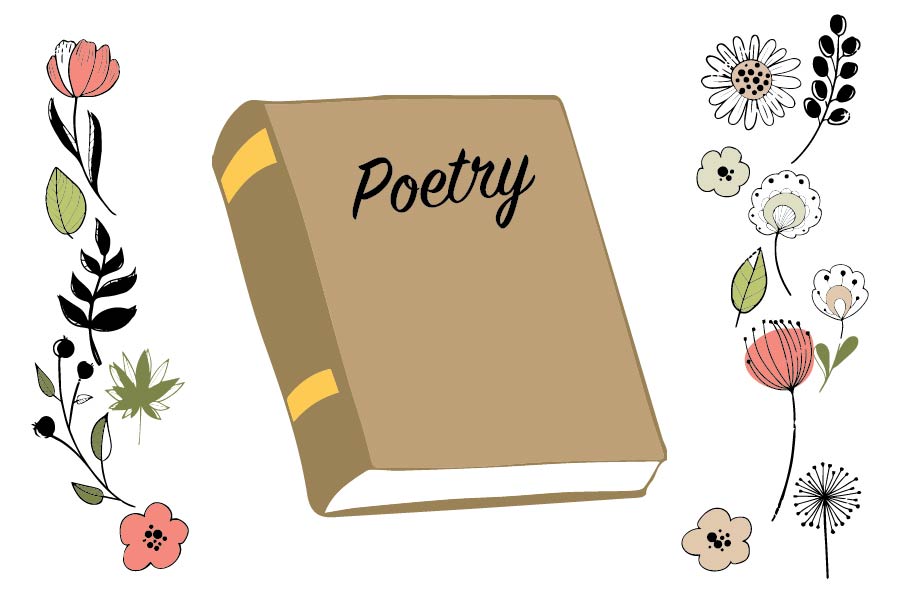Enjoy a selection of April-themed poetry
By JULIE HUANG – arts@theaggie.org
The month of April promises spring showers, summer around the corner and an entire month dedicated to appreciating poetry and those who write it. Fittingly, many poets have written about the month designated as National Poetry Month, often imbuing the idea of April with bittersweet feelings of gentle melancholy and hope. The following poems, which span across time and literary movements, exemplify those tender feelings that are so readily associated with April and springtime.
“The Waste Land” by T.S. Eliot
“April is the cruellest month, breeding / Lilacs out of the dead land, mixing / Memory and desire, stirring / dull roots with spring rain.”
Often taught in English classes and literature courses, “The Waste Land” is best known as a shining example of Modernist poetry — complex in form and loaded with obscure literary references. Yet strikingly simple is the alluring sentiment of its opening lines, which masterfully characterize the duality of April as both a time to celebrate new growth and a time to remember old losses. This wistful approach to the month of April helps ease the reader into the long journey that is the rest of “The Waste Land.”
“Spring” by Edna St. Vincent Millay
“To what purpose, April, do you return again?”
Edna St. Vincent Millay uses plain, unpretentious language in her plainly titled “Spring,” and it creates a somber effect. The poem carries a sharp, accusatory tone as it comments on the relentless cycle of time. The month of April appears to be a scapegoat for the speaker’s dissatisfaction with the nature of time, singled out for being a beautiful month whose beauty cannot end the cycle of the seasons. This may be a poem to read and reflect on during moments of nostalgia or déjà vu while looking at the familiar sight of returning greenery or budding flowers.
“Song of a Second April” by Edna St. Vincent Millay
“April this year, not otherwise / Than April of a year ago, / Is full of whispers, full of sighs”
Millay’s other poetic acknowledgment of April takes on a more hopeful, sympathetic tone. Once again the prevailing theme is the passage of time, demonstrated by the cyclical nature of the seasons. Yet in “Song of a Second April” Millay focuses more on the triumph of April year after year in doing away with the harsh jagged cold of winter and bringing the soft sweetness of springtime to the world. It provides a nice contrast to the sharpness of “Spring,” which makes for a complementary reading experience when pairing the two poems together.
“Two Tramps in Mud Time” by Robert Frost
“The sun was warm but the wind was chill. You know how it is with an April day.”
Once again, April is called out for its apparent duality, this time in a Robert Frost poem that narrates a tale of the speaker chopping wood when he is approached by two strangers. In setting the scene for his narrative, Frost perfectly captures the contradictory feeling that often accompanies springtime. It is not quite warm enough to be summer, but not cold enough to be winter. This feeling of being in between lends the poem, and the month of April, a sense of melancholy and hesitation.
“April Rain Song” by Langston Hughes
“The rain plays a little sleep song on our roof at night / and I love the rain.”
Hughes, celebrated for his accessible, authentic poetry that directly addressed the Black American experience, immortalizes in “April Rain Song” the quiet moment of feeling happiness at hearing spring rain. Full of sincere appreciation, the poem turns what could be seen as simply a commonplace occurrence into a celebration of April and the human capacity to feel unabashed love and joy.
Written by: Julie Huang — arts@theaggie.org




